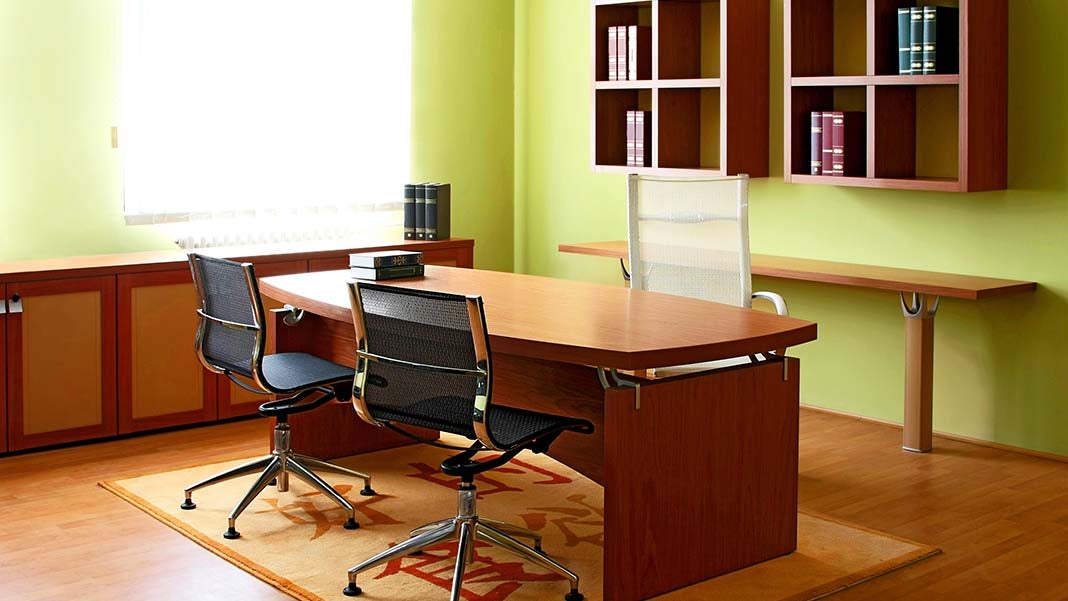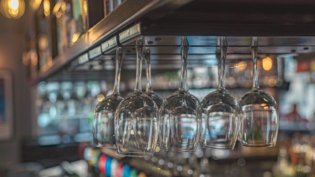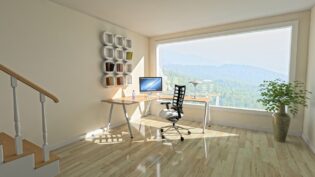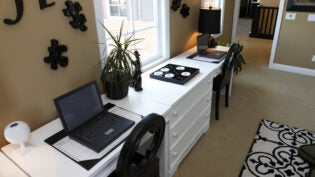
When it comes to concentration, overall quality of work and productivity, our surroundings can have a significant influence. In fact, according to a workplace performance index created by Gensler and Precision Consulting, the single most important requisite for focus in the office is a good work environment.
Given this research, it is little wonder that many companies turn to professional office designers for help with refurbishment or renovation projects. Indeed, doing so can ultimately improve the performance of their entire business. So what are the most important office design elements for boosting productivity?
Make Sure Work Stations are Comfortable
Work stations are among the most crucial design elements to get right if you want to maximize productivity. Various studies, including one published by the Annals of Internal Medicine, have linked sitting down too much with serious health issues, while desk positions can contribute towards problems like repetitive strain or carpal tunnel syndrome.
Ideally, in order to get the best from your workforce, your work stations should:
- Be adjustable, enabling staff to switch between sitting and standing;
- Have comfortable seats, with sufficient back support;
- Allow employees should sit at least 24 inches away from the computer screen;
- Provide wrist support, in order to minimize strain caused by typing.
In addition, it is important that work stations are kept tidy and one simple way to do this is to try and make things as a digitalized as possible. Clutter is the enemy of organization, and while it can be difficult to enforce an effective clean desk policy, you can design your work activities to limit the need for paper documents.
Don’t Overlook the Importance of Color
When it comes to picking a color scheme, it is important to strike the balance between choosing the best fit for office branding purposes and making the best choice for productivity. Multiple studies have shown that the colors around us impact upon our emotions and brain function, potentially boosting or hindering performance.
For example, research carried out by the University of Texas found that bland colors like grey, beige and even white can induce depressive feelings and reduce productivity. Meanwhile, the renowned color psychologist, Angela Wright, suggests that calming colors like pale yellows and blues can stimulate the mind and increase creativity.
Intense colors should be used sparingly and are better utilized as supporting colors. Too much red, for instance, can contribute towards feelings of anxiety. However, people respond in different ways to certain colors, so one option is to allow staff to bring in postcards or other small items in colors that they respond well to.
Allow for Privacy and Collaboration
Over recent decades, office design trends have increasingly focused on facilitating collaboration in the workplace, with the traditional cubicle being replaced by more open layouts. Clearly, these designs have their advantages, allowing greater communication between departments and providing the opportunity for effective teamwork.
Yet, the open plan layout has disadvantages too and one of the major problems is a lack of privacy and an increase in distractions, which has an obvious impact on productivity. In fact, when asked to suggest ways to increase their own productivity, staff are most likely to suggest more peace and quiet.
“What needs to happen is a layered approach, creating different settings or zones,” says John Ferrigan, a design consultant for One Workplace. “There need to be spaces for those people who really need quiet to focus. We need to provide spaces where everyone in the company, regardless of personality or role, will feel comfortable.”
Author: Reno Macri is the Director of Enigma Visual Solutions, specializing in stand design, retail designs, graphic productions, conference set design, signage systems, event branding, office interior design, space planning, commercial design and much more. He specializes in experiential marketing and event productions. He would love to share his thoughts on upcoming marketing ideas and design trends.
2551 Views












